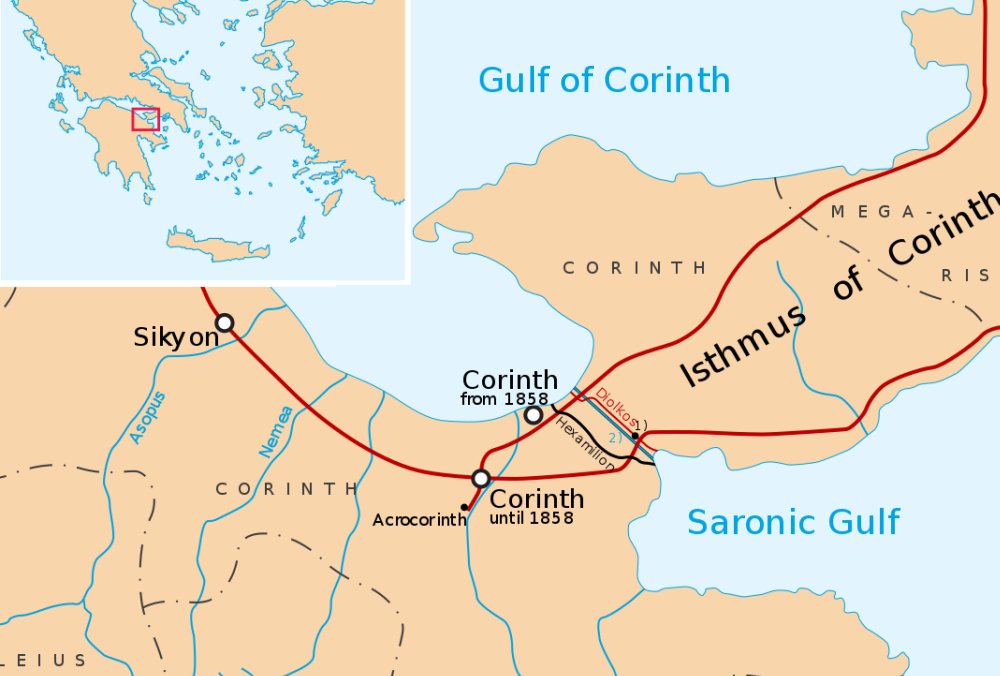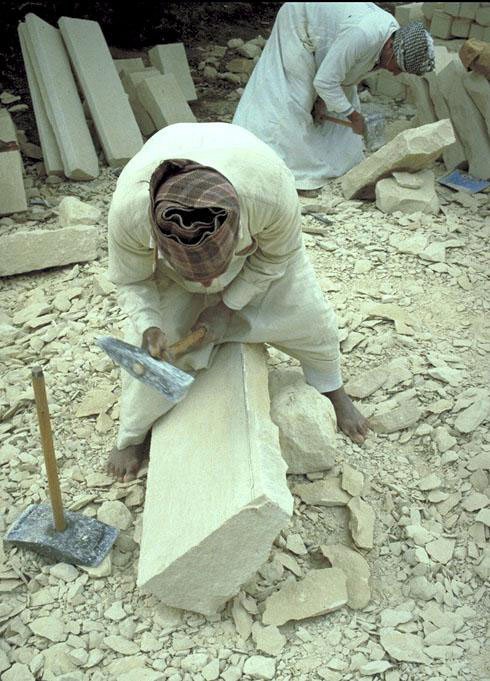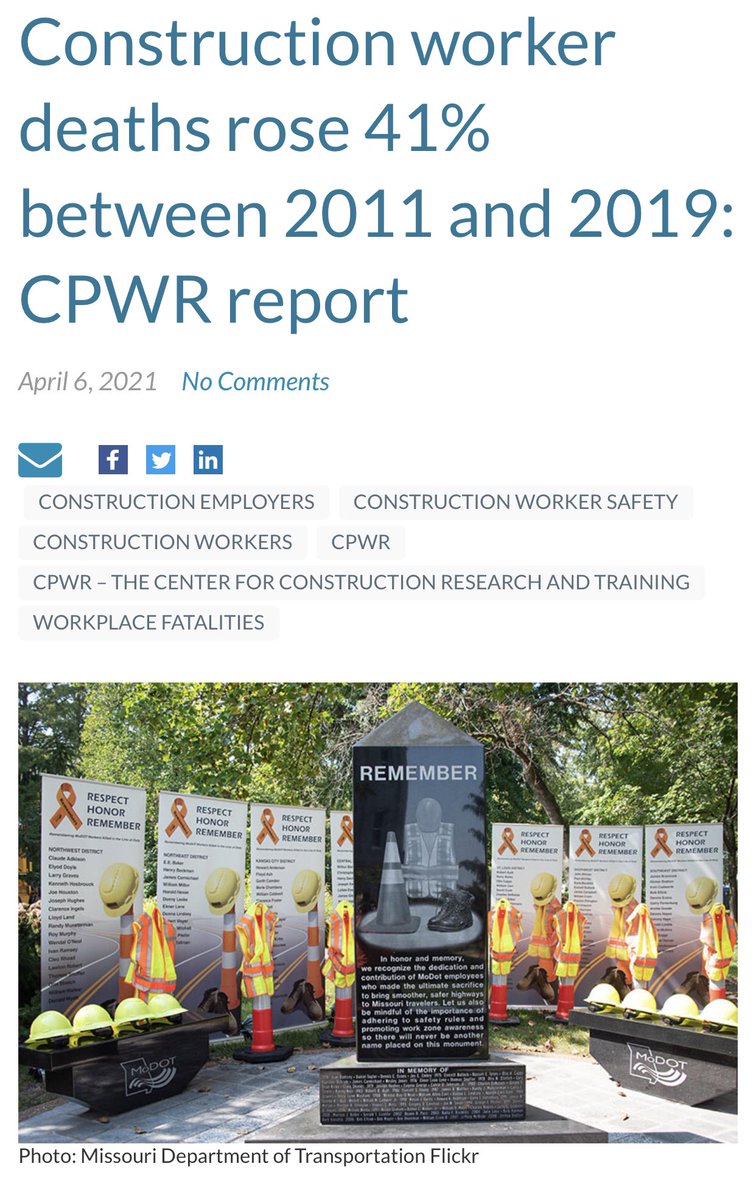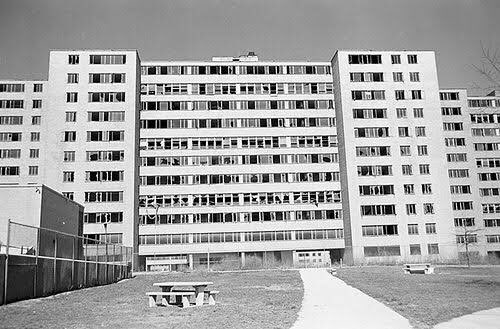
Bedre Byggeskik was a Danish grassroots organization founded in 1915 to promote better buildings more suitable to the local climate and culture and a higher quality of craftsmanship. A neoclassical inspired vernacular form. 





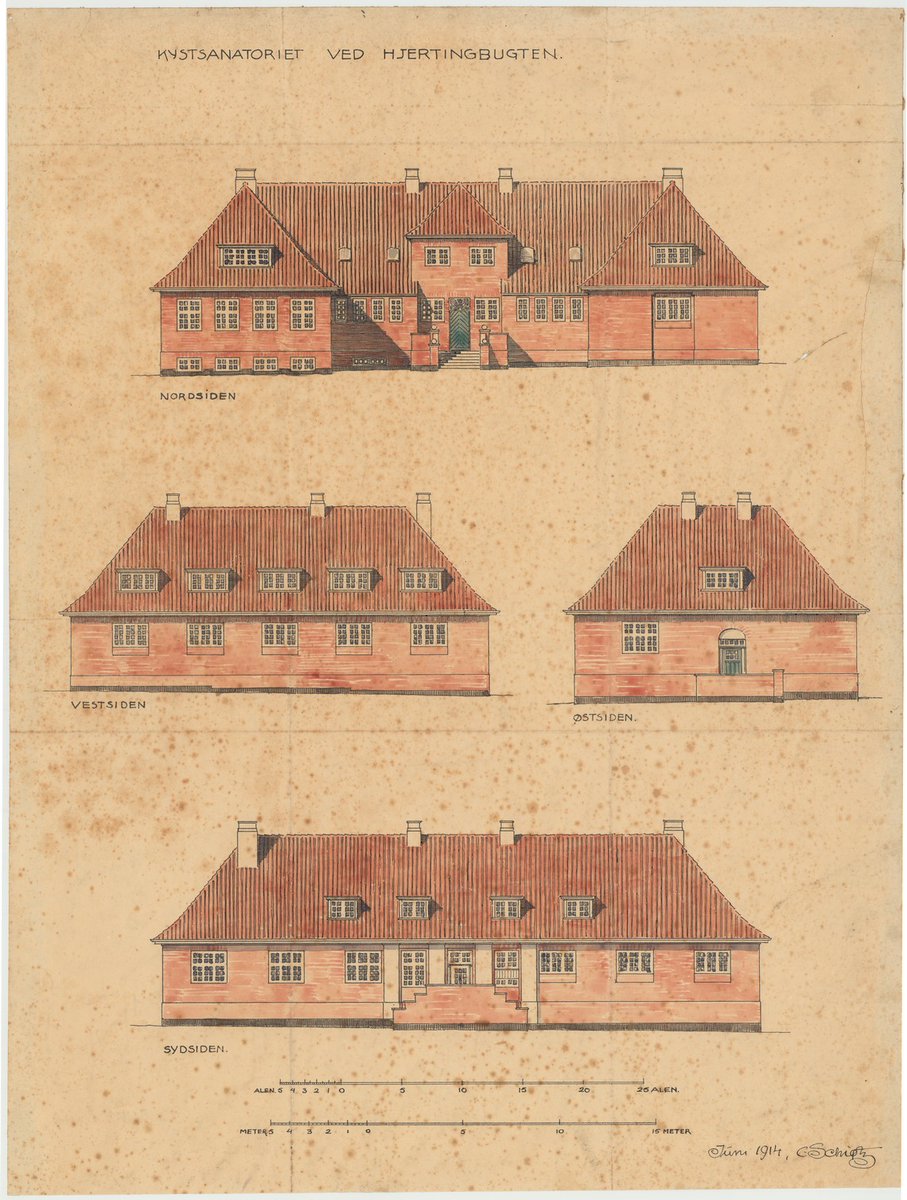

The architects of the organization created plans for all types of buildings, from farmsteads to suburban villas or large estate mansions and anyone could request copies of floor-plans which could then be given to local builders. 


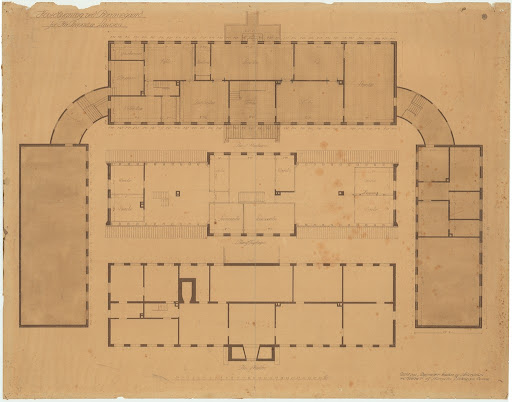
The founders were also active in building crafts schools and training of youth in how to build better. The proof of their success can be seen in the many of their buildings surviving in extremely good condition and fetching rather high prices in the Danish real-estate market. 
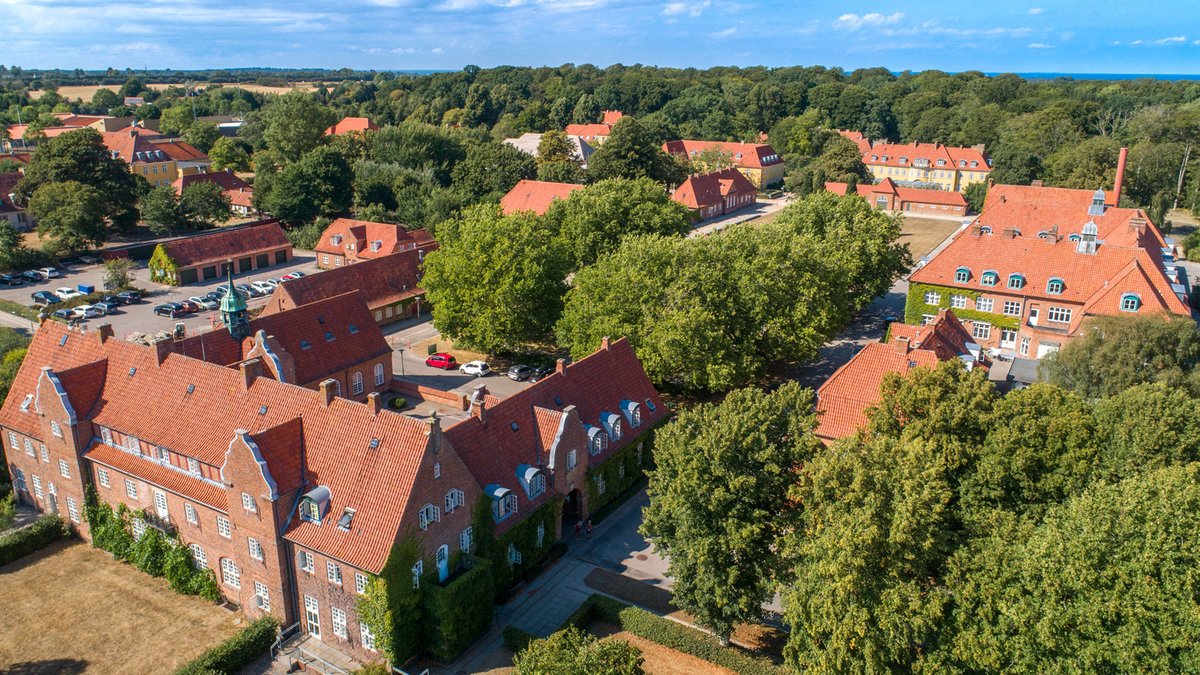
The association also helped entire neighborhoods. A famous example is the "Frederiksberg Kommunale Funktionærers Boligforening", a co-op to provide homes for municipal employees. 100 houses on 14 acres, built 1916 and so wildly successful it was given protected status in 1919. 

• • •
Missing some Tweet in this thread? You can try to
force a refresh














